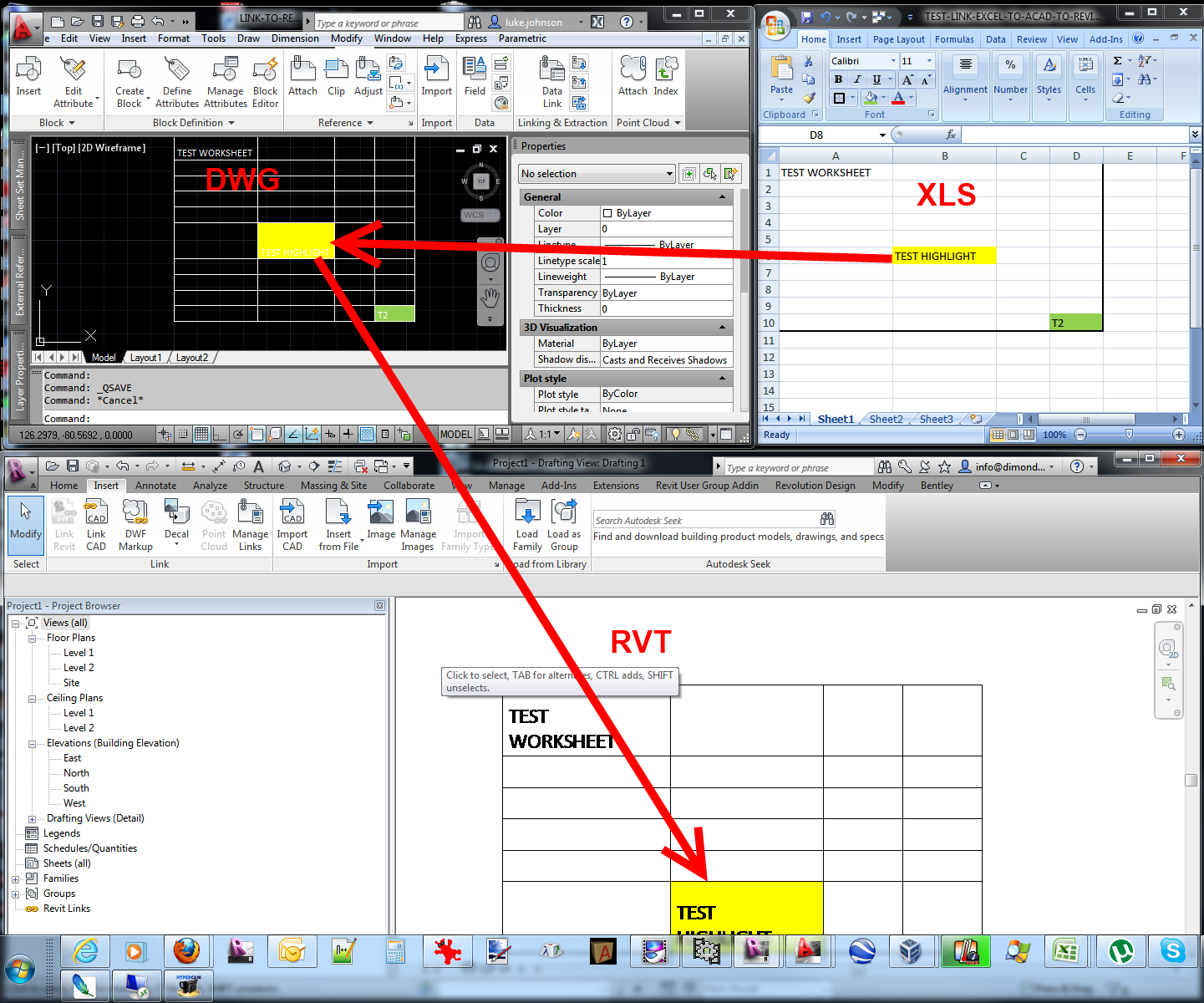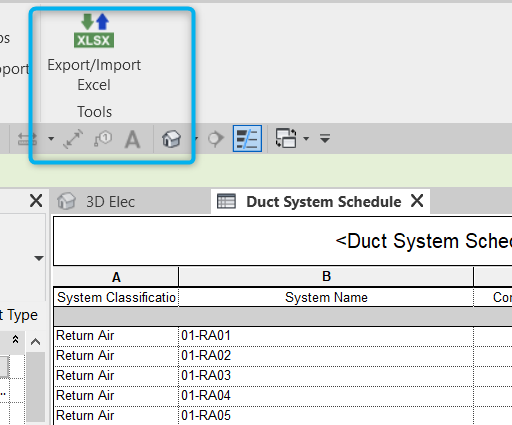Perfectly Import Excel into Revit: Increase Your Performance
Wiki Article
Revit Excel Combination Demystified: Simplifying Process for Boosted Project Sychronisation
Look no better, because Revit Excel Integration is here to demystify the procedure and simplify your tasks. In this article, we will guide you through the significance of Revit Excel Assimilation, reveal you just how to simplify operations, and provide ideal techniques for effective combination.The Value of Revit Excel Assimilation
You need to comprehend the importance of Revit Excel combination to successfully streamline your process and boost project sychronisation. The combination of Revit, an effective building information modeling (BIM) software program, with Excel, a commonly made use of spreadsheet program, offers many advantages for engineers, engineers, and construction experts.

By incorporating Revit with Excel, you can remove hand-operated information access and minimize the danger of mistakes. This not just conserves time however additionally makes certain precision in your task documentation. You can update data in Excel, and it will automatically update in Revit, maintaining consistency throughout your task.
Furthermore, Revit Excel integration boosts task control by making it possible for reliable cooperation amongst employee. With data synchronized between Revit and Excel, everyone can access one of the most updated info and work together seamlessly. This advertises smoother communication, decreases disputes, and enhances overall project efficiency.
Just How to Simplify Workflows With Revit Excel Combination
Enhance your process by effortlessly attaching Revit and Excel to improve your workflow. By incorporating these 2 powerful devices, you can improve project control and enhance efficiency in your job. With Revit Excel combination, you can easily move data between both platforms, permitting smooth communication and collaboration.

An additional benefit of Revit Excel combination is the capacity to produce custom records and assess data better. With Excel's durable functions, you can execute advanced computations, develop graphes and graphs, and create extensive records based upon the data from your Revit designs. This enables you to make and obtain important insights educated choices throughout the project.
Enhancing Project Coordination With Revit Excel Combination
By perfectly attaching your layout software with powerful data evaluation devices, you can considerably enhance the control of your projects. Revit Excel integration allows you to improve your process and boost task control by removing manual information access and lowering mistakes. With this integration, you can easily move information in between Revit and Excel, making sure that all task information is up to date and accurate.Among the key advantages of Revit Excel integration is the ability to import and export information in between both software application flawlessly. This indicates that you can easily import existing project data from Excel into Revit, conserving you effort and time in returning to details. You can export project information from Revit to Excel, enabling you to do sophisticated analysis and estimations using the effective features of Excel.
Furthermore, Revit Excel assimilation allows you to create vibrant web links between the 2 software application (revit add ins). This suggests that any type of changes made in Revit will instantly upgrade in Excel, and vice versa. This guarantees that all project stakeholders are dealing with the most up-to-date details, enhancing project sychronisation and reducing the threat of mistakes
Overcoming Obstacles in Revit Excel Combination
When conquering obstacles in the combination of Revit and Excel, it is very important to make sure seamless information transfer and minimize mistakes. One usual difficulty is the compatibility of data styles in between Revit and Excel. To tackle this, you can utilize plugins or add-ins that promote the conversion of data from one layout to one more. These devices aid preserve the honesty of the data throughout the transfer procedure.An additional challenge is the absence of synchronization between Revit and Excel. It's important to establish a clear process that makes sure both platforms are upgraded in real-time. This can be attained by utilizing cloud-based cooperation tools or developing a system for normal information syncing.
Dealing with huge datasets can also be troublesome. When it comes to taking home care of large quantities of data, revit and Excel have various capabilities. To conquer this difficulty, you can divide the data into smaller, convenient chunks or use data filtering system techniques to concentrate on particular locations of rate of interest.
Last but not least, human mistake can bring about discrepancies between Revit and Excel data. It's vital to educate employee on the assimilation procedure and develop quality assurance procedures to capture any type of errors. Regular audits and cross-checks can help identify and rectify any disparities.
Best Practices for Successful Revit Excel Assimilation
our website To ensure effective combination of Revit and Excel, it is very important to comply with some best practices that will certainly aid enhance your process and reduce errors. Most importantly, always begin by developing a orderly and clear folder structure for your project documents. This will make it simpler to situate and upgrade the needed data when required. Additionally, when connecting Excel data into Revit, guarantee that the information is clean and totally free from any kind of formatting concerns that might create errors. Usage constant calling conventions for your Excel worksheets and columns to stay clear of confusion.Another crucial technique is to regularly update your Excel information in Revit. This can be easily accomplished by developing a clear process for upgrading the connected data. Make it a practice to assess and upgrade the data at routine periods, especially when changes are made to the job. This will certainly assist maintain your information exact and up to date.

Conclusion
So, there you have it - revit Excel combination doesn't have to be a challenging job. With revit Excel assimilation demystified, you'll be well on your way to maximizing the a knockout post possibility of these devices and taking your jobs to new elevations.You can export your Revit routines to Excel, make modifications or updates in Excel, and after that import the upgraded data back right into Revit with just a couple of clicks. Revit Excel combination enables you to improve your operations and boost project control by getting rid of manual information entrance and reducing mistakes. With this integration, you can easily move data in between Revit and Excel, making sure that all project info is up to date and exact.
You can export project information from Revit to Excel, allowing you to execute sophisticated analysis and estimations using the effective features of Excel.
Furthermore, when connecting Excel data right into Revit, ensure that the information is tidy and complimentary from any kind of formatting concerns that might create errors.
Report this wiki page